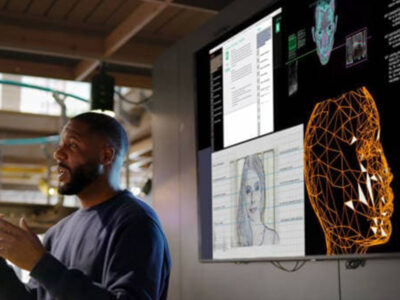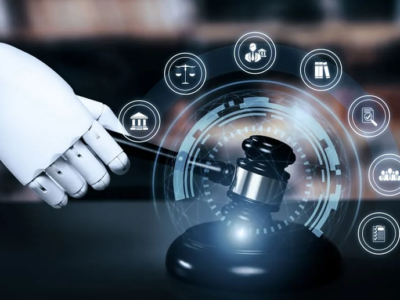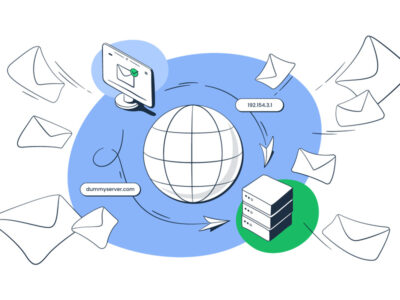Installing strong cybersecurity solutions is a must in a time when cyber threats are ubiquitous and companies are easy pickings for bad actors. Because cyber threats are constantly changing, protecting sensitive data and preserving operational integrity require a proactive, all-encompassing strategy. Examine the best cybersecurity solutions, highlighting the vital role they play in cybersecurity protection, that any company should take into account.
1. Multi-Factor Authentication (MFA)
One of the foundational pillars of cybersecurity solutions for business is the implementation of Multi-Factor Authentication (MFA). This method adds an extra layer of protection by requiring users to provide multiple forms of identification before accessing systems or data. Combining passwords with additional factors such as biometrics or one-time codes significantly strengthens authentication protocols, mitigating the risk of unauthorised access.
2. Next-Generation Firewalls
Traditional firewalls are no longer sufficient in the face of sophisticated cyber threats. Next-generation firewalls (NGFWs) go beyond basic packet filtering, incorporating advanced features like intrusion prevention systems, application-layer filtering, and deep-packet inspection. These robust firewalls provide a comprehensive defence against various cyber attacks, ensuring that malicious traffic is identified and blocked before it can breach the network.
3. Endpoint Security Solutions
With the proliferation of remote work, protecting individual devices becomes paramount. Endpoint cybersecurity solutions for businesses offer a line of defence directly at the user’s device, safeguarding against malware, ransomware, and other threats. These solutions encompass antivirus software, encryption tools, and device management systems, creating a secure barrier around each endpoint to prevent unauthorised access and data breaches.
4. Regular Software Updates and Patch Management
Cybercriminals often exploit vulnerabilities in outdated software. Regularly updating and patching operating systems, applications, and other software is a simple yet effective cybersecurity solution. Businesses should establish a robust patch management system to ensure that all software is up-to-date, closing potential security gaps and minimising the risk of exploitation.
5. Employee Training and Awareness Programs
Human error remains a significant factor in cybersecurity breaches. Establishing ongoing employee training and awareness programs is crucial for building a human firewall. Educate employees about phishing attacks, social engineering tactics, and the importance of strong password management. By cultivating a security-conscious workforce, businesses can reduce the likelihood of falling victim to cyber threats originating from within.
ALSO READ: A 5-step guide to recovering from cyber attacks
6. Network Segmentation
Dividing a network into segments helps contain and mitigate the impact of a potential breach. Network segmentation ensures that even if one segment is compromised, the rest of the network remains secure. This strategy limits lateral movement for attackers and provides an additional layer of defence against unauthorised access and data exfiltration.
7. Security Information and Event Management (SIEM) Systems
SIEM systems play a pivotal role in cybersecurity solutions for businesses by providing real-time analysis of security alerts generated throughout an organisation’s technology infrastructure. These systems collect and analyse log data, identifying patterns or anomalies that may indicate a security threat. By centralising and correlating this information, businesses can respond promptly to potential incidents, minimising damage and downtime.
8. Data Encryption
Securing sensitive information is paramount, especially when data is transmitted or stored. Implementing robust data encryption solutions ensures that even if unauthorised access occurs, the data remains indecipherable. This cybersecurity measure protects confidential information from interception during transit and safeguards it against potential breaches, maintaining the integrity and confidentiality of critical data assets.
Conclusion
Given the constant threat landscape, businesses should take a proactive approach to cybersecurity. It is not just a matter of preference but also a legal requirement to put these best cybersecurity solutions into practice: multi-factor authentication, data encryption, network segmentation, employee training, next-generation firewalls, endpoint security, software updates, and SIEM systems. Businesses may dramatically improve their cyber security protection by bolstering their defences with these strategies, guaranteeing the resilience and uninterrupted functioning of their business in the face of constantly changing cyber threats.
Visit Singtel to fortify your defences and ensure that your business remains impervious to evolving threats.














Comments